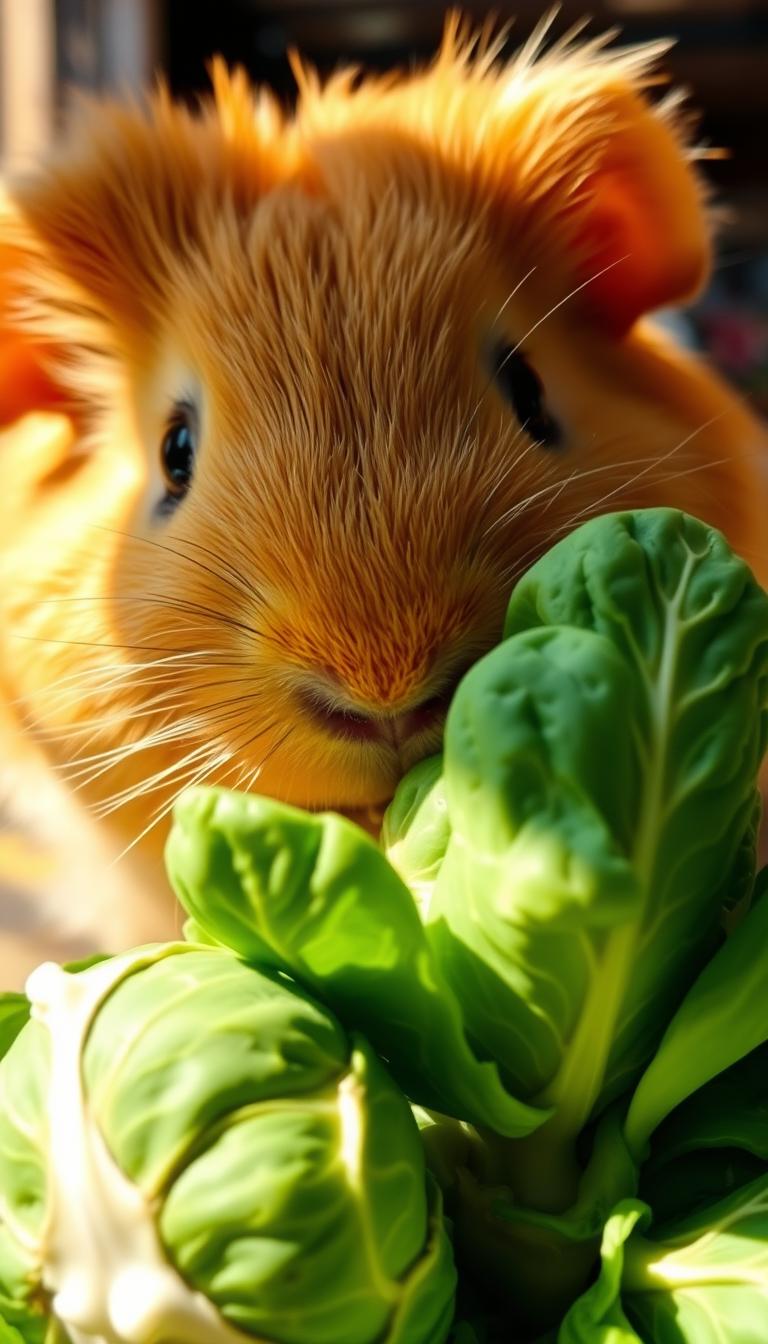Ever wondered why some cultures cherish dark-furred bunnies while others avoid them? This question has sparked curiosity for generations. Folklore traditions reveal surprising twists in how people view these creatures.
From ancient times to modern days, interpretations shift dramatically. In some regions, they’re tied to fertility and protection, while elsewhere, myths link them to cautionary tales. These differences often mirror how societies perceive darkness itself—sometimes magical, sometimes mysterious.
You’ll find fascinating contrasts in cultural beliefs worldwide. For example, certain traditions celebrate these animals as symbols of wisdom, whereas others associate them with superstitions. This duality shows how deeply symbolism connects to human experiences.
Modern perspectives blend old tales with new meanings. Whether seen as guardians or omens, one thing’s clear: their story reflects our ever-changing relationship with nature. Ready to uncover how these views took shape? Let’s hop into the journey.
Table of Contents
Historical Perspectives on Black Rabbits

History reveals a practical side to their presence in human societies. Unlike today’s superstitions, these creatures once held roles that shaped economies and cultural practices. Their story intertwines with royalty, survival strategies, and even early security systems.
Medieval Traditions and Royal Warrens
In the Middle Ages, dark-furred bunnies were economic powerhouses. King Henry VIII’s financial records show payments for tools to build specialized warrens. One document mentions “blake conyes” (black rabbits), highlighting their prized status among nobility.
Warreners mixed them with lighter-colored groups for a clever purpose. Their distinct fur made them easy to spot. If poachers struck, the missing dark rabbits alerted guards faster than counting ordinary ones.
Ancient Folklore and Folk Beliefs
Early cultures saw these animals through contrasting lenses. Celtic tales praised them as guides through spiritual realms. Meanwhile, some Germanic tribes linked their appearance to omens of change or hidden messages.
Their symbolic duality reflects how communities viewed nature’s mysteries. While medieval Europe valued them for tangible benefits, older traditions wove them into stories explaining life’s uncertainties.
Modern Interpretations and Cultural Impact

Imagine biting into a doughnut shaped like a creature of folklore, its dark chocolate glaze symbolizing more than just sweetness. In 2023, South Korea reimagined traditional symbolism through vibrant celebrations of the Year of the Rabbit, blending ancient beliefs with playful creativity.
Cultural Exhibitions and Events in Korea
The National Museum of Korea’s “Find the Rabbit” exhibition became a cultural phenomenon. Visitors marveled at centuries-old ceramics where three sculpted animals supported an incense burner—a design echoing themes of unity and resilience. One curator noted, “These artifacts remind us that symbols evolve, but their core messages endure.”
Contemporary Products and Artifacts
Brands like Krispy Kreme crafted limited-edition treats, including a hazelnut-coated doughnut named after prosperity. Meanwhile, Monami’s bunny-themed pens sold out within hours, proving that modern consumers crave connections to heritage—even through everyday items.
This fusion of old and new shows how traditions thrive when adapted. From museum galleries to coffee shops, the creature’s image now sparks joy while carrying whispers of ancestral wisdom.
Are Black Rabbits Lucky – Unraveling the Superstition
Seeing a shadowy bunny might make you smile or shiver, depending on where you’re from. Cultural beliefs about these creatures swing like a pendulum—some see them as good luck charms, others as bad luck warnings. Your interpretation likely ties to family stories or local legends passed through generations.
Science offers a different view. Studies show humans create patterns from random events—a process called apophenia. Spotting a dark-furred rabbit doesn’t change fate, but your brain might link it to recent experiences. This explains why two people can witness the same event yet feel opposite emotions.
Folklore often mirrors a culture’s relationship with nature. Coastal communities might associate them with tidal patterns, while agricultural societies connect them to harvest cycles. These stories reveal more about human psychology than animal behavior.
Ultimately, whether you view them as lucky depends on your lens. Next time you see one, consider what your reaction says about the way stories shape perception. After all, beliefs about wildlife often tell our own story most clearly.



